November 18, 2022
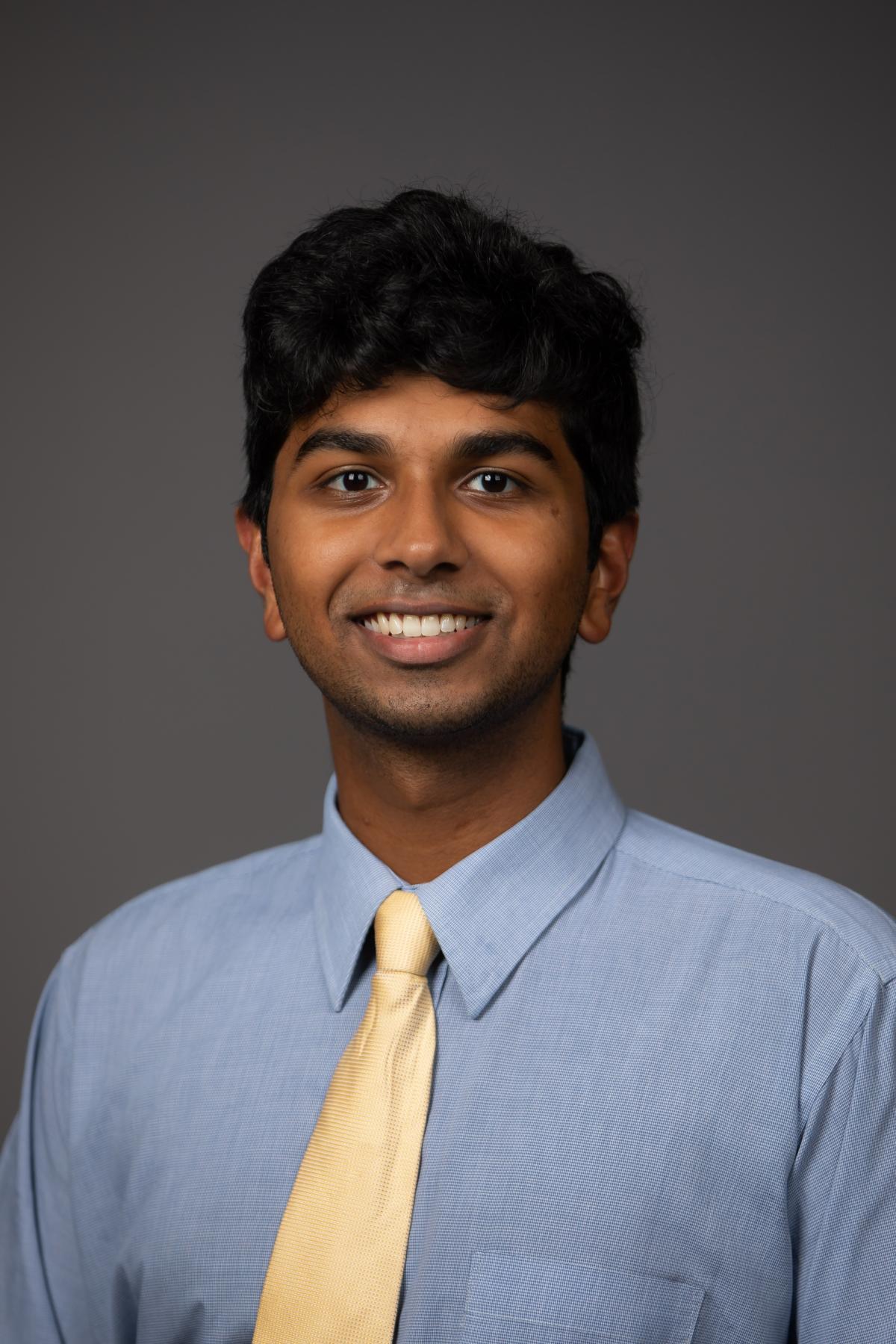
Vivek Balakrishna
"Testing and Validation of Finless Articulated Projectiles in Low-Speed Conditions"
Finless articulated projectiles serve the unique function of providing the capabilities of long-range ballistics systems with the added benefit of minimizing their storage space. It was tested to see if comparable trajectory deviation could be achieved by eliminating the need for fins as a method of thrust vectoring, and instead varying the aerodynamic performance of the projectile through modulation of the nose cone angle of attack relative to the freestream. The objective of this project was to develop a testing and validation setup for finless articulated projectiles in a low freestream environment, and to validate the simulated results by conducting wind tunnel testing in the low-speed wind tunnel. Compute Aided Design software, namely Solidworks, finless articulated projectiles with carrying cross-sectional areas were 3-D printed using different print techniques. By separating the projectile into three main components, the base, nose cone, and fuselage, additional modularity was achieved during tests to observe additional configurations. After a secure base structure was created to mount the projectile in the wind-tunnel without interfering with its aerodynamic properties, data was obtained via wind-tunnel testing. These results were then compared against a closely simulated environment using Computational Fluid Dynamics software, namely Ansys Fluent.

Charles Li
"Development of Interface Modeling Propellant Sloshing Behavior"
Due to the changes in dynamics caused by fluid behavior in fuel containers in rockets, it is important to model sloshing so that these effects can be designed around. The Low-Gravity Science and Technology Laboratory’s goal is to compile sloshing literature and develop an interface that can be used to quickly generate predicted modal shapes. This increases the accessibility of information on the subject, as literature is currently scattered and simulation software is reliant on aging architectures. Furthermore, the lab hopes to advance the field by experimentally obtaining sloshing damping correlations for new tank shapes and environments. This presentation will cover the current state of sloshing modeling, as well as cover the specific work being done to implement an accessible simulation interface.
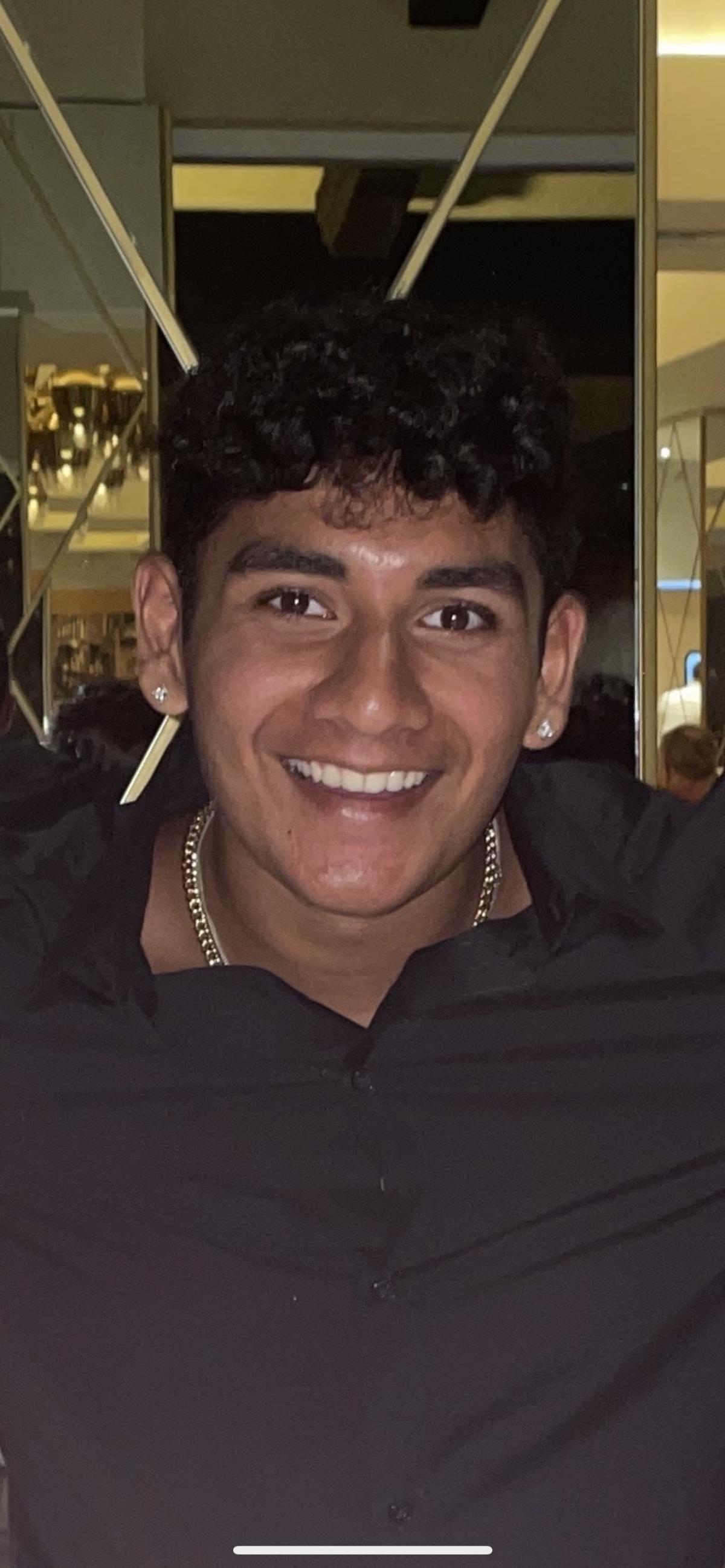
Tarun Golla
"Investigating Noise Generation in a Combustor via LES Simulation"
Combustion noise is increasingly important as commercial and military flight become more prevalent. Discreet military flight, especially at low altitudes, requires low acoustic signatures and commercial flight altitudes have a floor due to this combustion noise. Minimizing this noise, however, first requires an understanding of sources of noise generation within a system. Prior studies have identified unsteady heat release rate, vorticity, entropy, and compositional inhomogeneities as sources of noise within a system. In a duct with constant velocity and area, these flow inhomogeneities will not interact or mix significantly, theoretically leading to no indirect noise. However, once these inhomogeneities are advected downstream and accelerated, the interactions produce indirect combustion noise. The objective of this work is to directly analyze locations of sources and sinks contributing to this combustion noise for future refinement of combustor geometries to produce minimal noise.
November 11, 2022

Ashkar Awal
"Guidance, Navigation and Control of Model Spacecraft"
Attitude control and obstacle avoidance are key features of all modern spacecraft and satellites in orbit. Performing timely, on-demand, on-orbit maneuvers require extensive research and experimentation in robotics and autonomy using various sensors and algorithms. The goal of DCSL and my current project is to "achieve space-like test conditions to simulate the motion of spacecraft under the authority of an on-board GNC algorithm".

Michael Krause
"Stratos, Spectre, and OpNav: Three Semesters of SSDL Research"
This presentation reviews three different research projects conducted across three semesters. Briefly, design of a pointing antenna for the Stratos high altitude balloon test is discussed. Following this is a brief overview of Cubesat propulsion at the Georgia Tech Space Systems Design Laboratory, with a focus on design of the hybrid chemical/electric Spectre propulsion system. Most discussion, however, is devoted to the problem of horizon-based optical navigation (OpNav) techniques for celestial bodies with atmospheres. Horizon-based optical navigation techniques have been used by various space missions for decades and are well-established. However, these techniques rely on a clearly distinguishable lit limb for a given celestial body. Atmospheres distort the lit limb boundary, and thus historically have restricted OpNav use to bodies without atmospheres. This presentation is mostly devoted to the basic horizon-based OpNav pipeline, with some discussion of mitigating techniques in development to be used for atmospheric bodies.

Adithya Muralikrishna
"6DOF Load Cell Error Characterization: Studying Creep, Hysteresis, Orientation, and Thermal Drift"
Load cells are a powerful tool in the world of experimental aerodynamics. They allow for the full measurement of forces and moments experienced by a body in a wind tunnel. While there are many different types of load cells, the ones used in this study operate using strain gauges and measure forces and moments in all 3 axes (6DOF). As a force/moment is applied to the load cell, the electrical resistance of the strain gauge changes proportionally. However, like most measurement instruments, load cells are prone to error. The main types of error a load cell could experience are hysteresis, creep, and temperature. Hysteresis encompasses any error associated with the difference between loading and unloading the load cell. Creep includes any change in the load cell over time while the applied force remains constant. Finally, temperature, which changes when the load cell is experiences fluid flow in a wind tunnel, affects the resistance of the strain gauges and thus the forces recorded. Additionally, this study hopes to also investigate any errors associated with changing the orientation of the load cell while all else remains the same. A rig to apply a constant force/moment to the load cell has already been designed and fabricated. Quantifying the error in this manner would ultimately allow for more accurate results in other experiments using this load cell
November 4, 2022

Landon Jarrel
"Developing an Inductively Coupled Plasma Materials Testing System"
This presentation details the background research and design process for an inductively coupled plasma (ICP) jet system and its implementation in constructing a real experimental device. The design detailed here is a small-scale system intended to provide an understanding on how an ICP setup operates and gather data to determine if a larger scale facility is a worthwhile investment. The power generator of an ICP jet facility largely determines the potential size of the system, including flow rates capable of being heated, the volume of gas that can be heated, and the final temperature of the plasma. A 27.12 MHz, ~1.5 kW RF signal is intended for the small-scale system. Argon flow rate of 1-3 LPM and air flow rate of 15 SLM can enable a 16.33-minute operation time per tank of Argon gas, with mixing of the two species at specific intervals allowing for a pure air plasma. Coolant fluid is used to prevent overheating of the coil and nozzle, if attached. The small-scale base torch is scheduled for first ignition at the end of October 2022. The final goal of this effort is to accelerate the plasma through a nozzle to generate a high-temperature, supersonic flow in excess of 2000K static temperature for use in materials testing.

Ivanska Báez
"Characterization of DC Plasma Phenomena"
Electric propulsion devices, such as Hall effect, pulsed, and ion thrusters, apply
electrostatic or electromagnetic fields to accelerate ions in the plasma generated to produce
thrust. These thrusters have been growing in demand; therefore, the need to understand the
plasma phenomenon governing their operation has heightened. To better comprehend and
improve such technology, we are interested in characterizing plasma properties in an easily
accessible and reproducible environment. Tabletop plasma ignition cells facilitate this. The
presented work focuses on the diagnostics of plasma generated in such a cell.
Bio: Ivanska is a senior undergraduate student studying Aerospace Engineering. In the past
semesters, she has been working in the Combustion Laboratory and the High-Power Electric
Propulsion Laboratory. Her interests lie in deep space exploration facilitated by electric
propulsion.
October 28, 2022
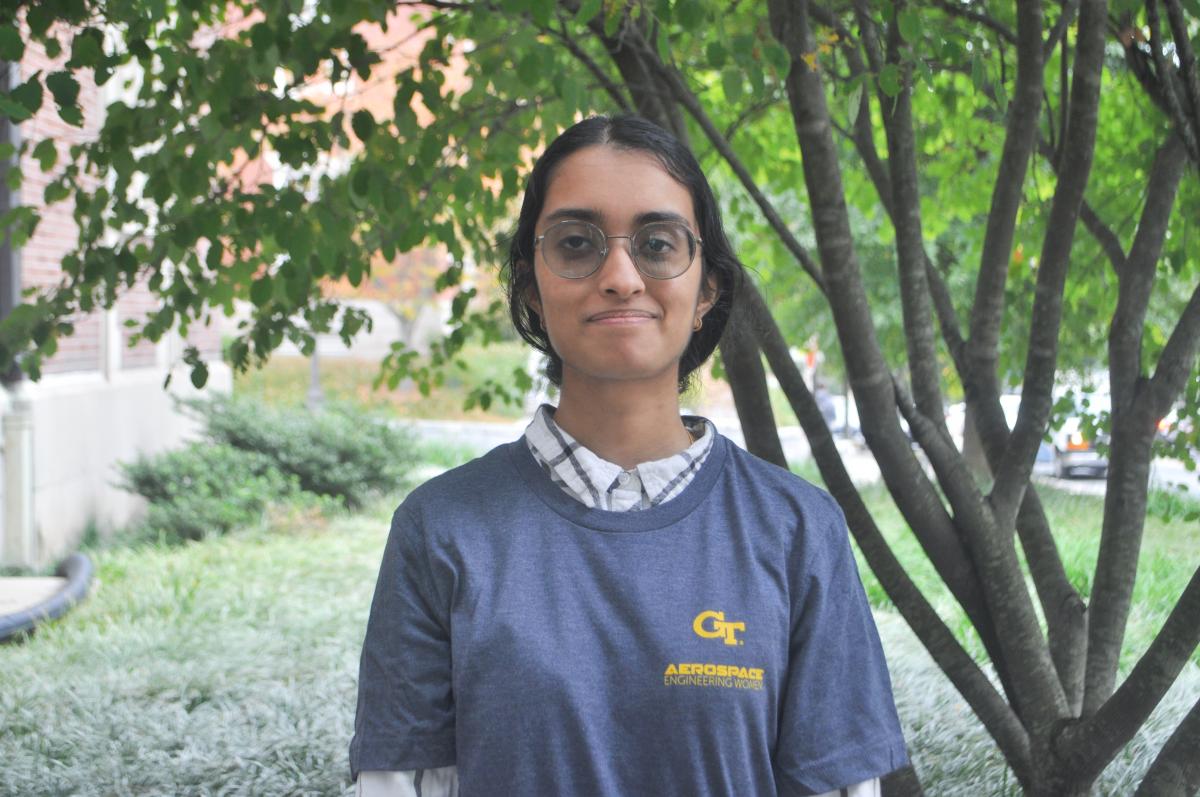
Preethi V. Mysore
"Preparing a Wall-Resolved Large Eddy Simulation of Shock-Wave Boundary-Layer Interactions to Analyze Effects of Inflow Turbulence Characteristics using the Synthetic Eddy Method"
A wall-resolved Large Eddy Simulation (LES) of an impinging shock configuration is prepared and analyzed with a compressible extension of the Synthetic Eddy Method (SEM) for specification of turbulent supersonic inflow boundary conditions. This is to quantify the sensitivity of shock-wave boundary-layer interaction dynamics on an SEM input parameter, the scale factor for the size of the eddies, using various SBLI flow characteristics, such as separation bubble length, peak wall heat transfer, low-frequency shock motion, and more. This presentation focuses on the development of the case and LES results for four scale factors, along with a finer grid on one scale factor. Results highlight the impact of uncertainties in the SEM inflow distributions on the interior flow dynamics and related statistical quantities.

Jennifer Nolan
“Mechanical Equipment Design and Procedures for Testing the WEBS 6U CubeSat”
WEBS is a 6U CubeSat being developed under Dr. Brian Gunter in the Space Systems Design Laboratory in support of the Air Force Research Lab SSPIDR Project. The SPPIDER Project is focused on developing technology and capabilities for space-based solar power collection and transmission. AFRL has developed the satellite ARACHNE, which is capable of collecting solar energy, converting it to RF, and beaming it to a rectenna panel on a different spacecraft. For this mission, that other spacecraft is WEBS, which will be enabled with the rectenna panel and will downlink data on the RF collection and conversion. WEBS will also be enabled with additional experimental payloads and after demonstrating RF beaming potential, it will begin a secondary experiment. WEBS is scheduled for a late 2024 launch, so currently the work is focused on proving concepts through engineering units and demonstrating functionality in tests for the stakeholders.
October 21, 2022

"Post Processing Georgia Tech Motorsports Car"
Using industry-standard tools to help develop the aerodynamic package of GTMS car.
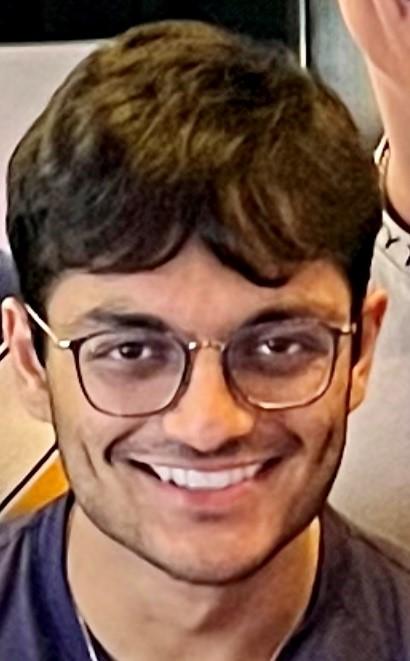
Mihar Rao
"An Investigation into Spray Dynamics in Gas Turbine Combustors"
As the aviation industry continues to grow, enhancing gas turbine technology remains an important pillar for innovation. To effectively enhance current turbine technology, several data analysis methods can be employed. Under the guidance of Mitchell Passarelli, a series of turbulent flow field datasets have been analyzed with the aim of identifying unique coherent structures and modal responses within the datasets. Using a variety of flow analysis techniques, Spectral Proper Orthogonal Decomposition (SPOD) and Multi-Scale Proper Orthogonal Decomposition (MPOD), a series of optimization, clustering, and automation practices have been applied to accurately identify coherent structures in reference to a frequency spectrum. The presentation focus will revolve around the SPOD and MPOD flow analysis techniques and how the resulting solutions have evolved over time.

Noor K. Ladha
"Acoustic Instabilities of Flame transfer functions"
The way a flame behaves within a combustor can be modeled with a transfer function. This flame can also have harmonic responses due to acoustic excitation and may cause combustion instabilities. The transfer function itself is difficult to work with as it is a fifth-degree polynomial. To capture the best transfer function data is curve fitted using a program.
October 14, 2022

Michael Zimmerman Lemus
"Steady RANS CFD Modeling of Flow Mixing for a Converging Nozzle using Fluidic Tabs"
A 1 Converging nozzle is being run at various subsonic to supersonic Mach numbers at GTRI’s ATAS Laboratory in order to examine the effects of fluidic tabs on jet noise. Concurrently, 3D steady RANS simulations are being run in Ansys to determine their fidelity compared to experimental results. This research was done in two phases: Setting up CFD capabilities on Georgia Tech’s PACE computing environment for ATAS, and now running the actual simulations on the PACE high performance computing cluster. This presentation will discuss the usage case for running fluidic tabs, the infrastructure set up on Georgia Tech’s PACE cluster and the next steps for CFD modeling of the fluidic tabs.
October 7, 2022
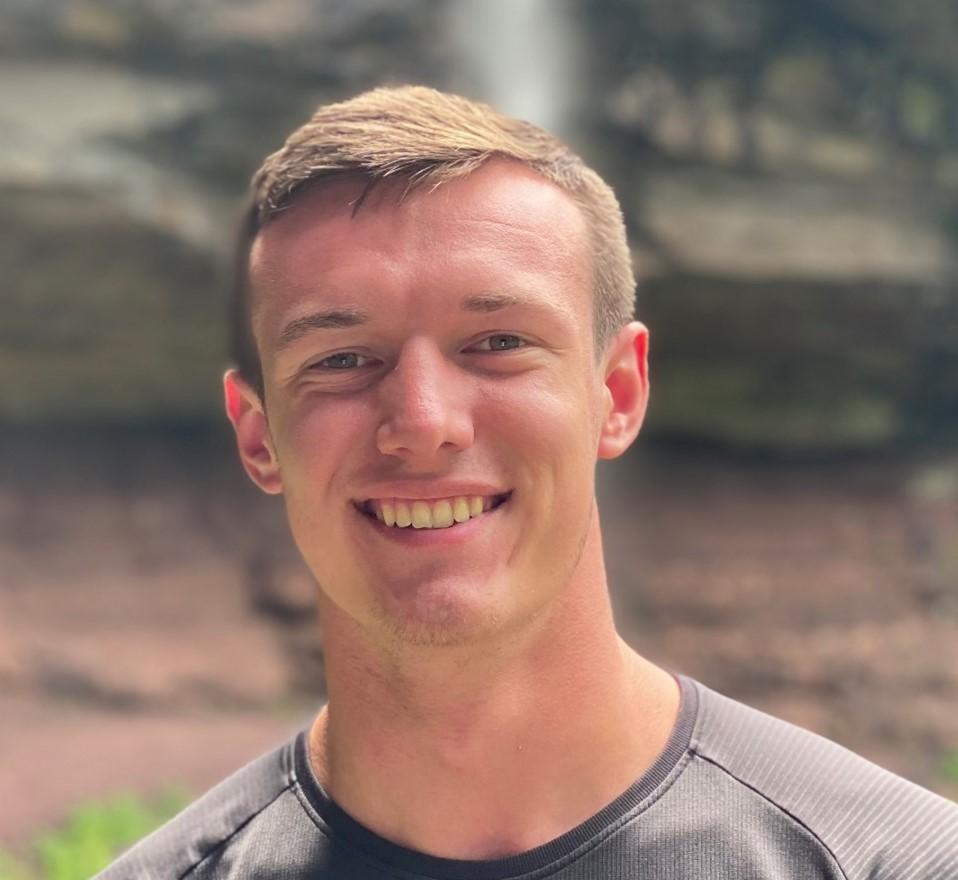
Zach D’Ambra
"Digit Off-Axis Holography for Phase Distortion Removal"
Holography is a technique used for the three-dimensional imaging of multiphase and particle heavy flows. The baseline technique, digital in-line holography (DIH), suffers from distortions caused by phase delays and index-of-refraction gradients. These distortions are present in environments where there are extreme conditions such as shockwaves and significant thermal gradients, rendering the DIH technique ineffective. Digital off-axis holography (DOH) was implemented as a solution to this problem. DOH is capable of distortion removal in these extreme environments for retrieval of size, position, and velocity information. In this work we show the application of DOH for distortion removal in high index-of-refraction gradient flows.

Carson D. Coursey
"Implementing Angles Only Initial Orbit Determination (IOD), Validating Doppler IOD Techniques, and Investigating Software Defined Radio IOD"
Initial orbit determination is necessary to locate and reacquire orbiting satellites from the ground. Gauss’ initial orbital determination technique is applied to a dataset of satellite observations to determine if it is suitable for accurate reacquisition of a passing satellite. In the future, a novel IOD technique using solely Doppler measurements will be validated by applying the method to collected satellite observations. Additionally, a novel IOD method using software defined radio measurements of Doppler shift and angle is proposed.
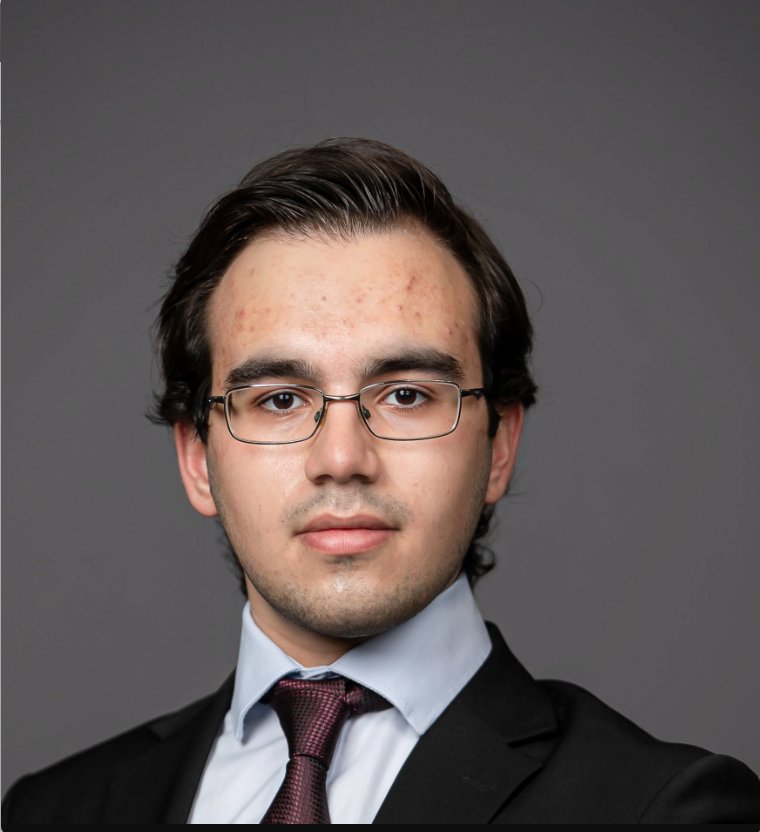
Tuna Ergan
"Modelling, Correlation, Calibration, and Animation for Advanced Race Car Analysis and Development"
After identifying the need for physical testing, along with its logistical and financial difficulties, as a significant barrier and limitation to make improvements in the field of motorsports and engineering tasks in general, an approach to mitigate this problem by reducing the need of working with a physical model has been proposed as a team. To achieve this goal, a roadmap consisting of first, Virtual Experiment Modelling, then, correlating and calibrating the virtual experiment results to real-life testing results, and finally integrating calibrated findings to the virtual experiment model and animating them on the vehicle model has been laid out. Personally focusing mainly on the calibration and correlation tasks, the use of Functional Mock-Up Units (FMUs) and Surrogate Models for calibration, along with Python libraries and Optimica software for optimization of calibration have been evaluated with different optimization methods. Results of this found that optimization with FMUs has been faster than optimization with surrogate models, but due to FMUs importing limited data, gradient-based optimization and various other alternatives have been failed to be performed, resulting in less accuracy and more room to grow. Beyond calibration, software to enable animation to have been explored and proof-of-concept demonstrators have been developed with identified software. Future goals have determined to be improving and extending the scope of calibration by correlating multiple sub-systems at the same time, as well as developing more specialized animation that visualizes the behavior of the correlated system and sub-systems better.
September 30, 2022

Alexander Liberman
"Subsonic and Supersonic Flow Around Airfoils and Nose Cones"
Research into subsonic and supersonic flow around airfoils was performed to gain a better knowledge of Ansys Fluent and aerodynamic properties. First, forced convection over a flat plate was analyzed, after which flow over an airfoil in transonic conditions was then analyzed over a range of angles of attack. More complex flow simulations of blood flow in an artery and a converging-diverging nozzle were performed. Flow around a rotating wind turbine was analyzed to examine downstream effects. Finally, an analysis of supersonic flow over the blunt nose cone of an X-15 is presented, and analyses for all projects are discussed.
September 23, 2022

Noah Schwab
"A High-Level Analysis of Advanced Air Mobility (AAM) Operational Evolution"
There has been a growth in interest of utilizing new technologies – notably electrified propulsion and automation – as well as new business models to bring aviation services into the daily lives of a greater segment of society. Generally, these services are envisioned to augment existing ground modes of transportation or to enable new operational capabilities for shorter-range aviation missions. These services, which have become known as advanced air mobility (AAM), include passenger transportation, cargo transportation, and aerial work missions, such as aerial photography. Because the AAM field is revolutionary, has grown quickly, and has stakeholders from historically disparate domains, the body of research has many divergent visions. The diversity of visions has resulted in the creation of many new terms and uses of terms across domains that are often inconsistent. A common taxonomy is proposed to improve the communication and synergy amongst future AAM stakeholders. In addition, a framework for AAM scenario analysis is investigated to anticipate and plan operational strategies for critical uncertainties.